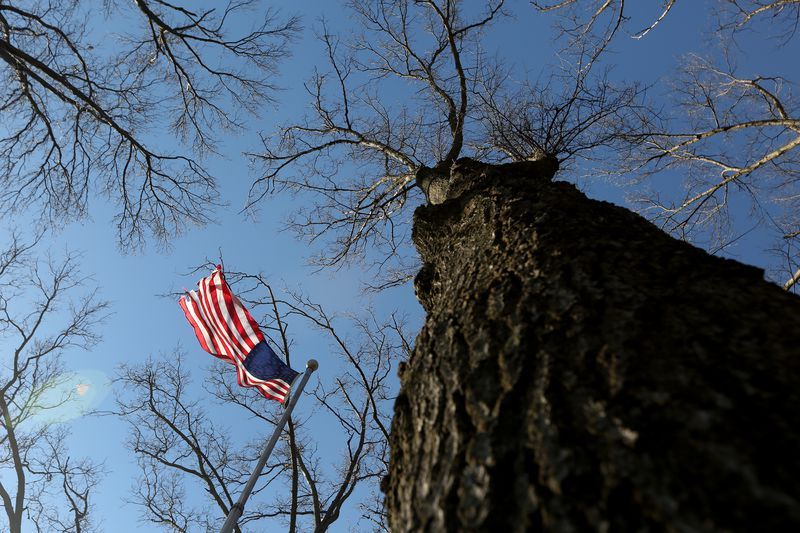Nitrogen "Overdose" of trees
Too much of a good thing and kill your tree!
The months of July and August are a time when plants can struggle and may be in decline. Many plant owner and managers may notice that valuable plants are exhibiting symptoms and signs of chlorosis. Chlorosis is abnormal reduction or loss of the normal green coloration of leaves of plants, typically caused by nutrient deficiency or by disease or lack of light and by herbicide exposure.
However, one of the greatest mistakes that I see, is when tree owners and professional diagnose a plants issue to be a "xyz"
deficiency without performing adequate testing to determine the root cause of the problem. Keep in mind plants utilize and need varied amounts of minerals to conduct vital life process. The only true measure of what a plant really needs is by performing a soil and a foliar test. Foliar test is a plant tissue analysis, which measures nutrient levels within plants tissue and identifies nutrient deficiencies and toxicities of 11 mineral salts and are provided in as % or ppm(parts per billion) basis. Recently, I read a test result for a client and that Nitrogen levels inside the subject Oak tree that were at 8.31% of the necessary range of 2.0-4.0%. Therefore, the tree had a Nitrogen overdose and the only source was from the lawn care products being applied near the subject tree. More so, tree health can be severely damaged by overdose treatments as well as under applied treatments.
Keep in mind a tree recycle approximately 60-70% of their Nitrogen needs from a year to year basis. Living tree systems must utilize fixed or reduced nitrogen (energized N) for incorporation into amino acids, nucleic acids, and proteins. Recycled nitrogen must be factored into how much to feed a tree or the lawn that is nearby. Reduced nitrogen has been energized and made chemically reactive by addition of electrons. Reduced nitrogen is electron-dense and viable as a biological building component or a reaction coupler inside a tree. Reduction, fixation, or a change in oxidation states, is essential for nitrogen use by a tree. The amount of inorganic nitrogen present in soil has a direct effect on tree health and growth. At decreasing concentrations, beginning well before visual symptoms are present (because of internal recycling and reallocation of nitrogen), is nitrogen deficiency.
At high nitrogen concentrations, toxicity and physiological dysfunction can be problems. There is an intermediate zone of moderate nitrogen concentrations where tree health and growth is “adequate” for sustained growth. This adequate zone is the target for management activities. Trees attempt to balance shoot mass and photosynthesis rates against root mass and nitrogen uptake. A tree will adjust living mass of roots or shoots to correct any deficiency in photosynthesis rates or nitrogen uptake rates. Carbohydrate shortages and/or nitrogen increases will initiate more shoots —nitrogen shortages and/or carbohydrate increases will initiate more roots.
Prescribing N
Supplemental nitrogen enrichment should be treated as a fined-tuned, carefully considered, constantly modified, whole tree prescription process. The whole tree wins or loses with changing reactions of one major organ or resource. Nitrogen prescription involves prudent and reasonable treatments carried out in a timely manner without site and tree damage.
The nitrogen dose provided by supplemental additions, and its timing, are part of a comprehensive management prescription that should vary primarily by ecological season of the year, a tree’s ability to successfully and effectively utilize nitrogen additions, and by the life stage a tree. These considerations deal with successful capture and use of nitrogen by a tree as it grows, and with minimizing environmental impacts to untargeted systems (i.e. nitrogen to weeds, streams, and soils).
Whole tree reactions to significantly increased nitrogen levels:
— Increased shoot size.
— More foliage growth stimulated.
— Photosynthesis & stomates sensitive to water stress.
— Lengthened growing season.
— Increased amino-nitrogen content.
— Decreased starch in whole tree.
— Increased pest effectiveness.
— Decreased defensive materials produced.
— Carbon allocation to fine roots delayed.
— Decreased carbon allocation to the roots.
— Root carbon storage reduced.
— Root sugar concentrations increase.
— Decreased root reactivity to damage and stress.
— Poorer cold tolerance in root system.
— Encourages starch use, not photosynthesis increase
It is very likely the high levels of nitrogen combined with the elevated pH will also cause for decrease in uptake of Magnesium and Phosphorus and will directly affect the trees health. The bottom line is when nitrogen sources like from lawn care applications are made they can have dramatic effects of tree health and well being.
So don't guess, soil & folar test and apply fertilizer products to your lawn, plants and trees based on those results!












